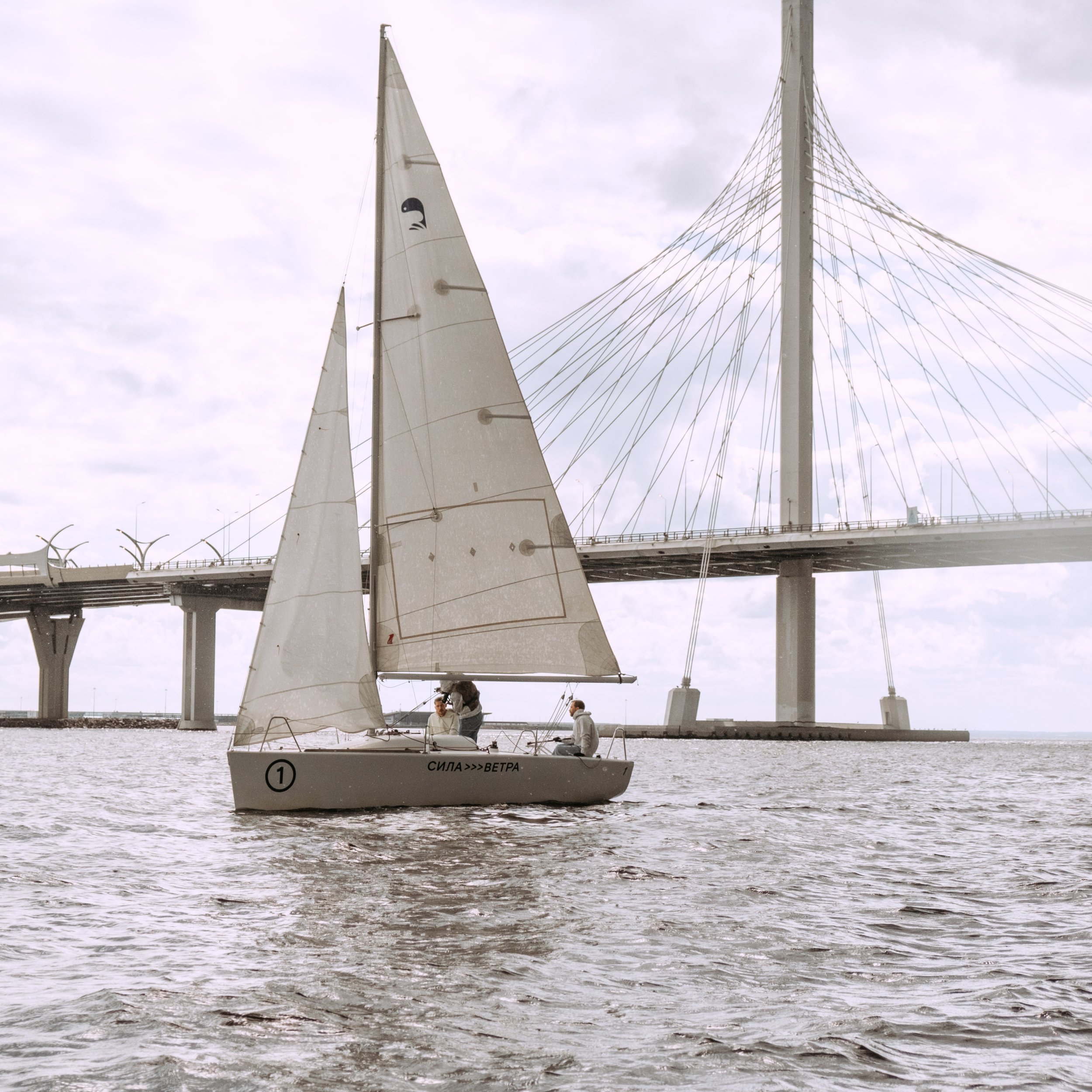SUSTAINABLE BOATING: 10 WAYS TO MAKE YOUR BOAT GREENER
Our wake soon disappears behind us, but our impact on the environment is long-lasting. With an increasing number of boats out on the water, protecting our oceans has become crucial. Practicing sustainable boating requires conscious effort, but it ensures that marine life can keep thriving long after we’re gone. Covering two thirds of our planet, the oceans make it habitable by generating half the oxygen we breathe.
In this article, we share 10 tips to help you make your boat greener.
1) MAINTAIN YOUR ENGINE WELL
A marine engine can spill oil and fuel directly into the sea, creating much damage to the environment. Inspect and maintain your motor to a high standard to prevent any spillages. This will also make it as efficient as possible, helping you consume less fuel (gas).
One cup (pint) of oil can easily spread into a 4,000sq m (1 acre) oil slick. Pouring dish soap on top of it will just break the oil into tiny particles, making it harder to contain. Remember that standard dishwashing liquid is highly toxic to marine life.
2) MANAGE BLACKWATER AND GREY WATER EFFICIENTLY
Untreated water from sinks and showers and sewage discharge from marine heads can pollute the surrounding water and negatively impact aquatic ecosystems. Many countries have developed their own set of laws around blackwater and grey water. Make sure to follow these guidelines. If you boat in areas where no regulations apply, opt for installing holding tanks or composting toilets.
3) CHOOSE NON-TOXIC CLEANING PRODUCTS AND TOILETRIES
Even if you install grey water tanks, some contaminated water used on board your boat will end up in the ocean. Think of when you wash the decks or you have a shower in the cockpit. To avoid polluting the area, pick non-toxic cleaning products and toiletries.
4) USE ECO-FRIENDLY ANTIFOULING
Most antifouling paints available in chandleries worldwide are harmful to the environment, especially those which contain copper oxide. Studies have shown that non-biocides paints, which contain a silicon compound, cause less damage to the ocean, are easier to clean, and last much longer than standard antifouling - between 5 and 10 years.
Plan ahead when it comes to bottom paint - order the most eco-friendly one online ahead of time and you won’t have to worry about it for years.
Remove your antifouling while hauled out only. Don’t dry sand the bottom paint off - it will turn into dust and travel back to the sea (and into your lungs). Always wet sand or use a vacuum sander.
5) INSPECT AND MAINTAIN YOUR BILGE
Water, along with other toxic liquids, often collect in your bilge over time. It’s illegal to discharge bilge water into the sea, as it creates serious damage to the environment.
Regularly inspect your bilge to check that no toxic substances have snuck into it. Place an absorbent pad under your engine to collect oil spills. Soak any small spills with oil pads or bilge socks and dispose of them appropriately. If you see a decent leak, head to a bilge pumping station.
6) FIT THE BOAT WITH RENEWABLE ENERGY POWER SYSTEMS
Generating renewable energy at sea is very easy, thanks to the free power offered by the sun, water, and wind. Choose between solar panels, wind turbines, solar sails, and hydrogenerators. By using sustainable energy, you will need to run your engine less, generating less pollution. Just make sure to calculate your power needs correctly before proceeding with the order and installation.
7) DON’T ANCHOR IN CORAL, SEAGRASS, OR SHELLFISH BEDS
If possible, always anchor in mud or sand and avoid sensitive ecosystems. You can figure out what the seabed is like using your chart and eye navigation. Make sure there’s enough water under your hull to prevent running around at low tide.
8) FISH SUSTAINABLY
Not taking too much fish from the ocean keeps fish populations healthy. Follow local regulations and use approved techniques, such as trolling, at all times. Read more about sustainable fishing in this article.
9) WEAR ECO-FRIENDLY SUNSCREEN
Not all sunscreen is safe to wear in the sea. Some brands contain chemical additives, such as oxybenzone, which can cause coral bleaching and reproductive problems in fish. If you jump in the ocean for a swim, much of it will wash off into the water. So it’s important you choose an eco-friendly SPF product. Read the ingredients list on your sunscreen bottle before you wear it on a boat.
10) DON’T DISTURB MARINE LIFE
If you approach wildlife, make sure to slow down, put the engine in neutral, and stay out of their way. Stay at least 90m (300ft) away from the animal and leave within 30 minutes. Never chase wildlife and never separate a mother from her young. If an animal appears in distress, leave immediately. Finally, in shallow waters, practice eye navigation carefully to make sure you don’t touch the bottom.
Sustainable boating does require some effort, but it’s not hard to achieve. It takes some planning, but it allows us to keep our oceans healthy.


